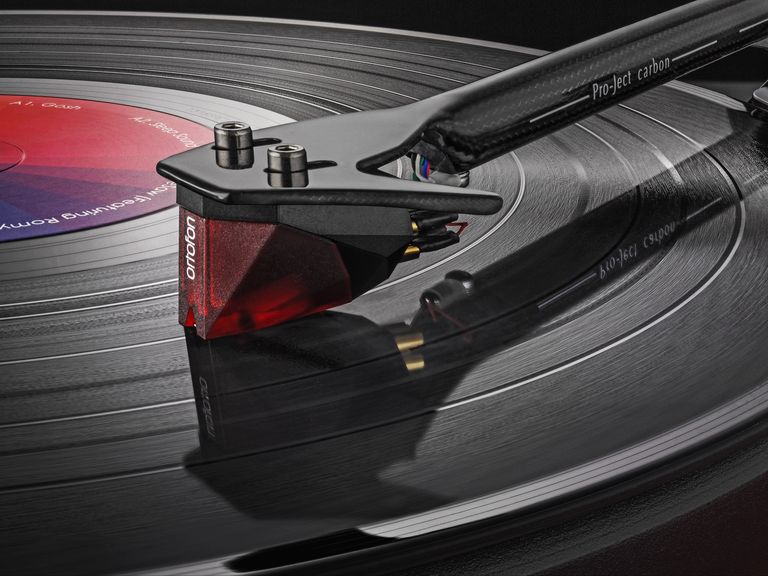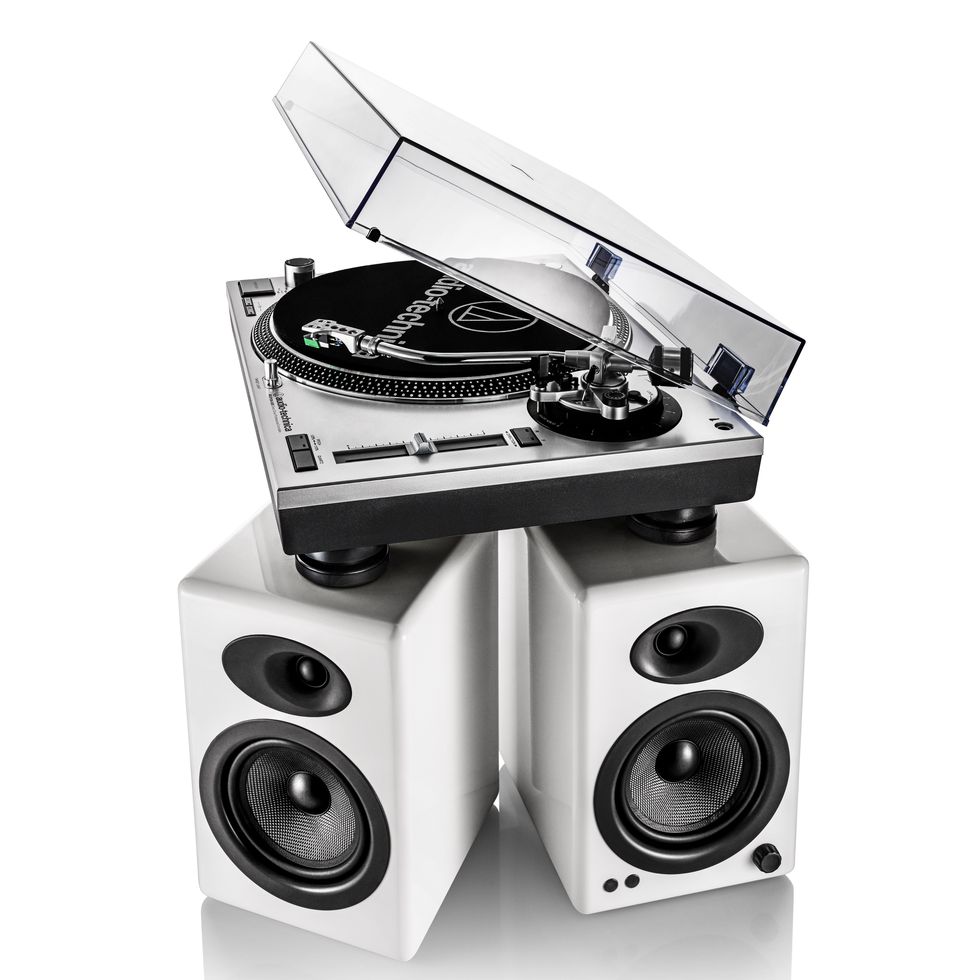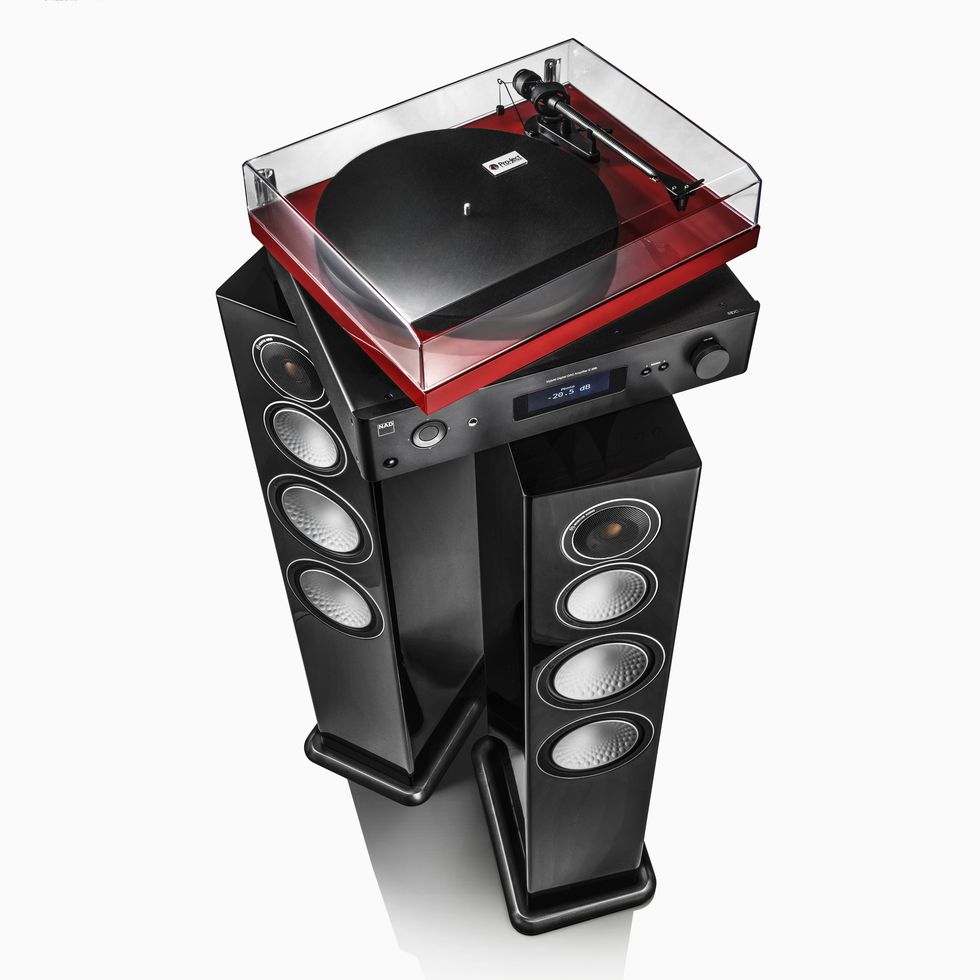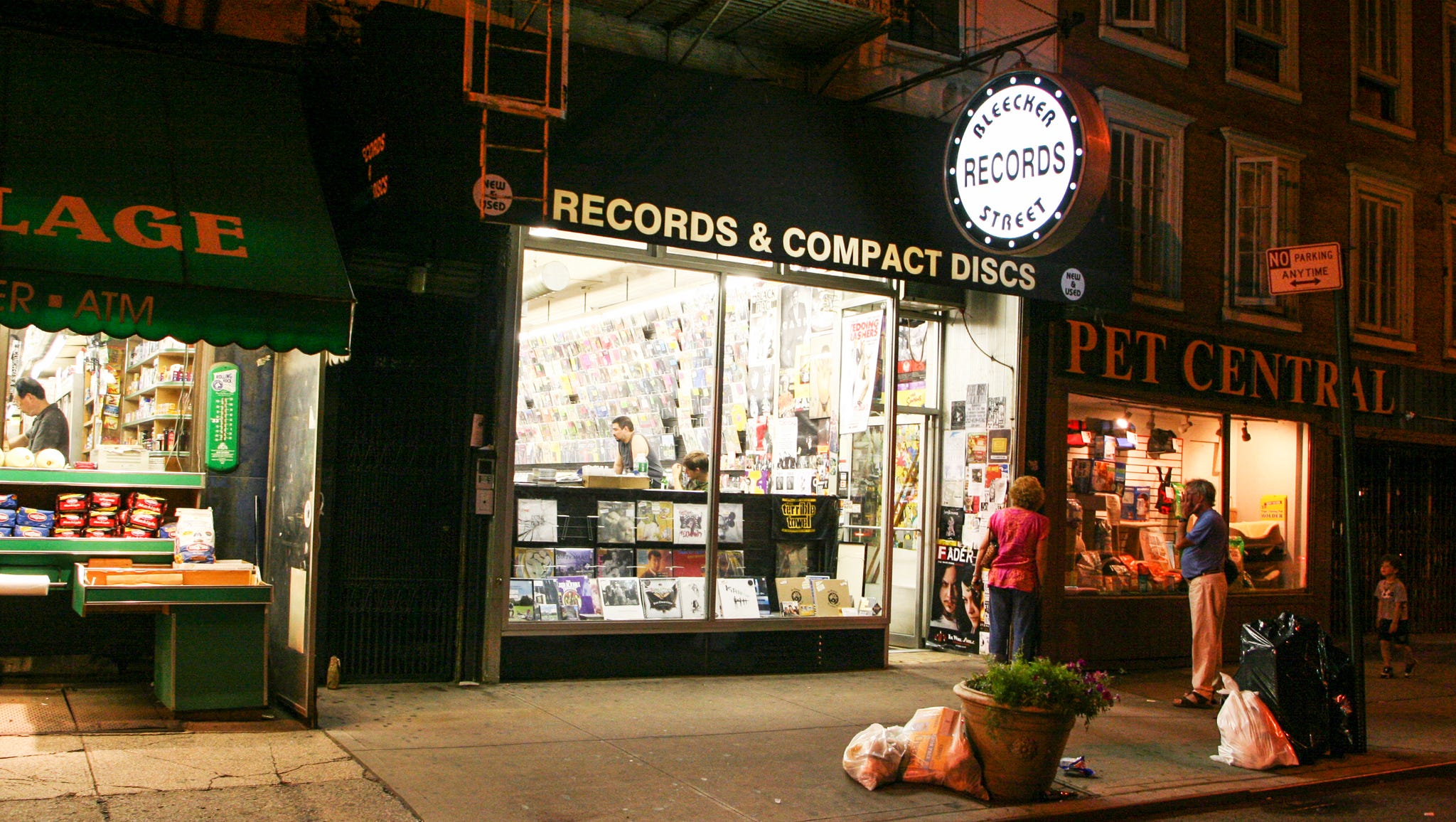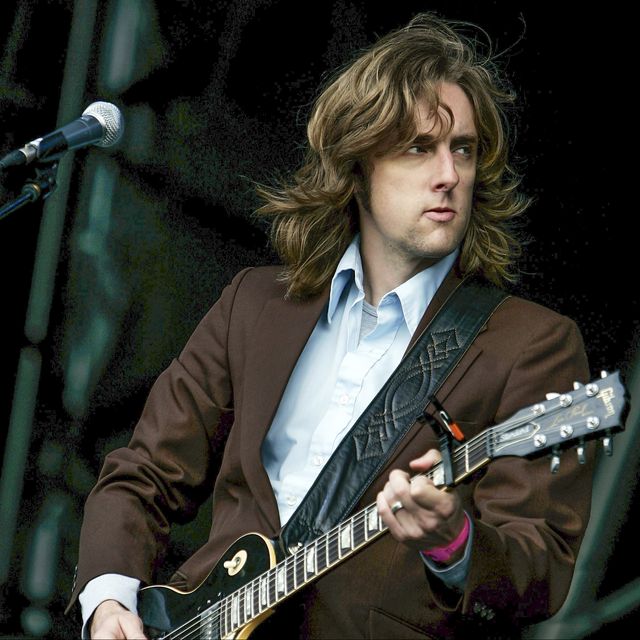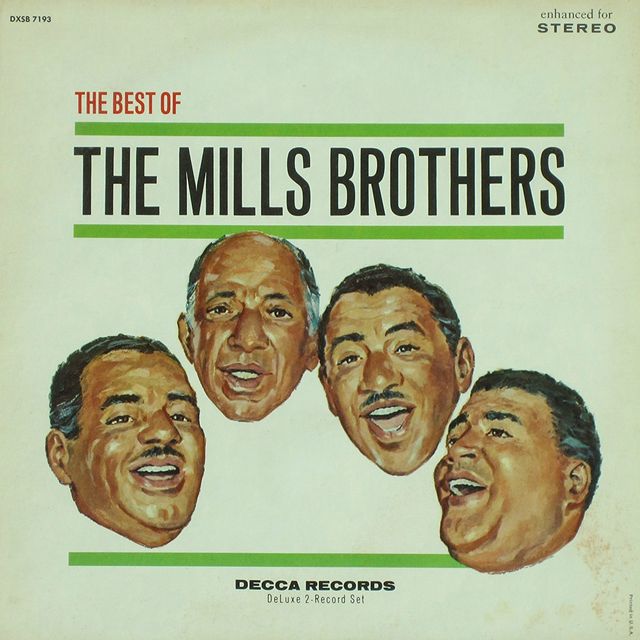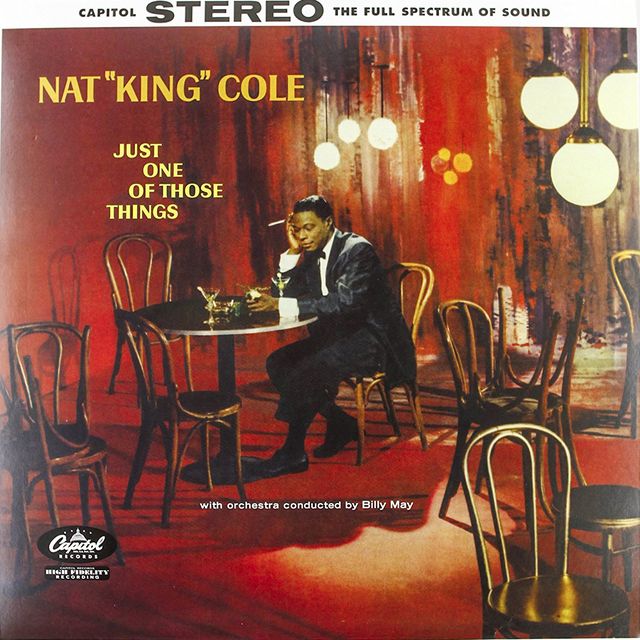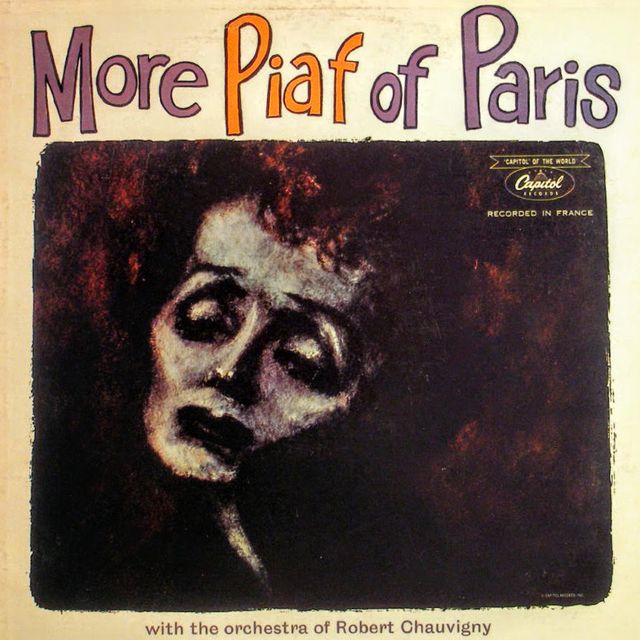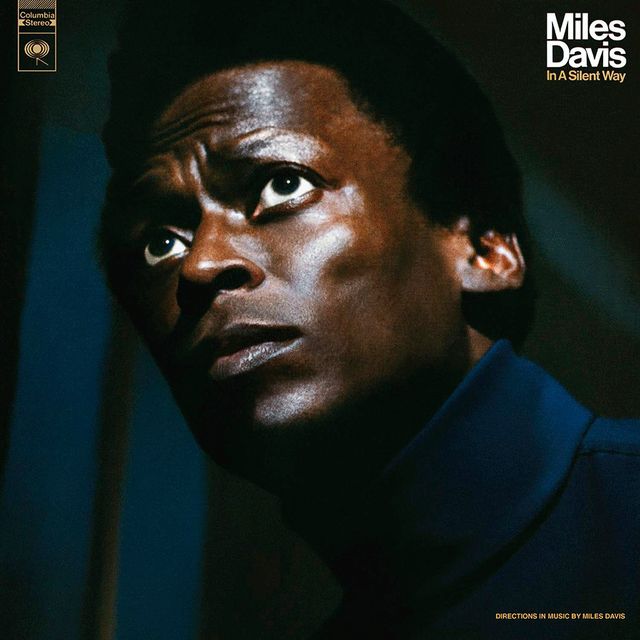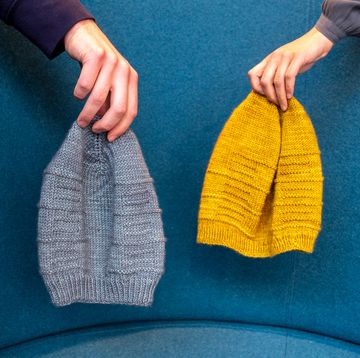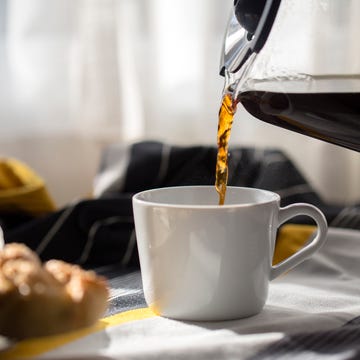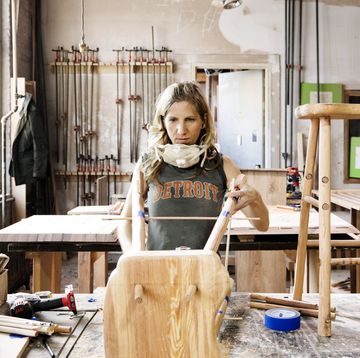When I was 16—six long years ago—I dragged up a record player I found in my parents' basement along with a collection that had a few too many Doobie Brothers albums to have me believe my father had truly never tried pot. It smelled weird and some of the records were scratched, but damned if I didn't sit there listening for the next three hours. Pulling a record out of its battered sleeve, I could interact with an unimaginable version of my father, a young one.
I felt like I was reading his old letters—or anyone's letters, back when people kept letters. (The internet has made communication faster, but how many love emails do you have in a box under your bed?) And yet "nostalgic" is no longer a fair label for vinyl. Justin Bieber, Bruce Springsteen, Adele, Kendrick Lamar, Neil Young, and Ariana Grande have all released new albums on vinyl in the last two years. Vinyl sales rose 26 percent in 2016, the eleventh straight year of growth. Why? For some, it's about sound quality. But streaming music is improving, and few people in the industry attribute the vinyl boom entirely to a sudden desire for impeccable analog sound.
David Sax is the author of The Revenge of Analog, in which he explores the new popularity of old technologies like books and instant cameras. "The vinyl market is being driven by newer listeners who are looking for a real-life version of what they're getting on Spotify," he says. "Vinyl is displayed and spoken about and shared, which is all physical and tactile. Each record has a story: I know where I bought it, why, and when. It requires that deeper commitment that has reignited my love for music that kind of stopped when it all disappeared onto a hard drive. "
Streaming has its place—you can't bring a record collection on a plane. But I care about the way music was recorded. I like listening to an album all the way through. I want to hear a song fill a room rather than just my ear canal. And I want to do it with friends who are having the same experience.
The Setup
Most systems include a few dedicated components: turntable, receiver, and passive speakers that rely on the receiver (instead of a wall outlet) for power. While there are very good combination players on the market, separate components sound best and allow you to upgrade as your needs and funds change.
If you're not ready to invest serious money, used equipment can be the answer. Check record stores, used electronics stores, and Craigslist. When possible, test before you buy.
Option 1: The Simple Setup
Plug a turntable with a built-in preamp directly into a set of speakers that plug into the wall for power, bypassing a receiver. Try an Audio-Technica AT-LP120 ($299)—which has a high-quality cartridge, tone arm, platter, and a USB connection that allows you to digitize your collection—plugged into Audioengine A5+ speakers ($399 a pair). The A5+ can connect via auxiliary cord or RCA cables, will charge your device via USB, and has the power (150-watt peak total power) to fill your room with high-quality sound despite being less than a foot tall.
U-Turn Audio also offers a turntable that will work well in a simple system, the Orbit Basic with a built-in preamp ($249). After a successful Kickstarter campaign, three friends started the company in 2012 with the goal of making affordable high-quality audio equipment. Their turntables are highly customizable and built just ten miles north of Boston in Woburn, Massachusetts.
Option 2: A New System
We asked Andy Zimmerman, owner of Saturday Audio Exchange in Chicago, to recommend two systems: one for around $1,000 and a higher-end system in the $3,000 to $5,000 range.
The $1,000 option: For the amplifier, the Cambridge Topaz AM10 is a 35-watt integrated, great-sounding, high-current amp that has a phono input. The turntable is the Pro-Ject Essential II and has an excellent cartridge, arm, and platter for the money. Finally, the speakers are Paradigm Atom Monitor bookshelf speakers, and Atoms have been in the Paradigm line for 20 years: "Big sound, small box."
The $3,000 to $5,000 option: To go a step up, try the amplifier NAD C 368. New models have a DAC and phono input built in. (DAC stands for digital audio converter, which can enhance the sound of CDs and some streamed music.) It's a versatile piece. For the turntable, we stuck with Pro-Ject but upgraded to the Debut Carbon. It's the best value on the market. For $100 more than the Essential II, it has a heavier platter, better Ortofon cartridge, and a carbon-fiber arm. Lastly, the speakers are where you'll be spending some money. The Monitor Audio Silver 10s ($2,400 a pair) are actually a great value. Like new cars, speakers need to be broken in. After about 100 hours of play, the drivers will settle down and these speakers "will play most all kinds of music well."
Option 3: Buy Used
Turntable: Many older turntables need intense cleaning and adjustment, according to Craig Sypnier, owner of Audio Renaissance in Rochester, New York. To avoid this, consider a simplified P-mount turntable. "On P-mount turntables and cartridges, there's nothing to go out of adjustment. With a new stylus, a new belt, and a bit of oil in the motor it will get you up and running," Sypnier says. Brands that hold up: Technics, Onkyo, Kenwood, JVC.
Receiver: Look for one with a dedicated phono audio input. This gives the low-voltage record player the extra amplification it needs to play through the receiver—"without it you're not going to hear anything," Sypnier says. If you have a receiver without a phono input, buy a phono preamplifier, or preamp. This goes between the turntable and receiver and amplifies the sound before it reaches the receiver. You can then plug the turntable into the receiver's CD or AUX input.
Speakers: Advent, Cerwin-Vega, Technics, or Sony speakers are all good used, provided they aren't damaged. Sypnier says the telltale signs are excessive dust or rotted foam. (Don't be afraid to gently touch the foam of the speaker with your finger to check.)
How To Buy Records
I used to live above a record store. Revolution Records, on 8th Street in New York City. My friend Pete and I spent many afternoons in there, flipping through the stacks, our eyes reading the titles as fast as our fingers could flip. We'd take our goods back to my apartment and fire up the Califone portable record player I've had since my tenth birthday.
The moments are indelible to me even now: Bill Evans, "Waltz for Debby," pouring rain, bourbon. The weird, alive opening horns of "Mango Meat," by Mandrill, a record (Just Outside of Town) that we judged (correctly) by its amazing cover. Astral Weeks, by Van Morrison, whose voice was made for vinyl.
I've got a new turntable now, and more records. A few thoughts on starting a collection:
Attend record shows: Pete and I used to go to one every third Saturday in a dingy ballroom at the Holiday Inn on 57th Street. Dozens of dealers carted in hundreds of bins of thousands of records. We'd get to know the regulars, and they would look for albums for us. You can haggle.
Buy when you travel: Any time I go to a new town or city, I look for the record store. A few discoveries from recent travels: Mystic Disc, Mystic, Connecticut; Everyday Music, Seattle; Criminal Records, Atlanta. Records fit in the overhead compartment on the plane, incidentally.
Buy for cover art (sometimes): This has scored me some favorites of my collection. Just don't spend too much money. Sometimes it's terrible.
Add variety: Even if classic rock is your thing, pepper your collection with a couple of jazz albums, some classical, some interesting reggae—stuff that, when you're flipping through, will be more exciting than Led Zeppelin IV popping up on shuffle again. But: Steer away from obvious choices. If you're going to own only one jazz record, maybe there's something besides Kind of Blue.
Learn the language: Here's a primer, assuming you already know what a 33, a 45, and an LP are, with help from Michael Fremer, editor of analogplanet.com.
- EP: "Extended Play" records have more songs than a single but fewer than a full album. This refers more to the number of songs than the size of the vinyl.
- MONO: One-channeled. All speakers will play the same sounds at the same time. Early Beatles albums were recorded with mono in mind and some collectors prefer to listen to them this way.
- STEREO: Popularized after mono, music playback is two-channeled. There is a left and a right speaker that will play different sounds to give you a sense of 3D space and a "big spread" of sound .
- ORIGINAL PRESSING: Usually refers to the first release of a recording, but some collectors, like Fremer, have stricter criteria based on exactly how early an album was pressed that can make them incredibly valuable. Doesn't guarantee sound quality will be better than a good reissue.
- REISSUE: A subsequent pressing. Quality can improve with better vinyl technology, or worsen with lower-quality source material. If it tells you the source, "cut from analog tapes" is a safe bet.
How to Spend $80 at the Record Store
We sent My Morning Jacket guitarist Carl Broemel to Nashville's iconic Grimey's record store with $80. Here's what he found:
James Lynch is Popular Mechanic’s Field Editor looking for stories across the U.S. about those building a better America. He’s passionate about the Erie Canal and the Apollo Space Program.


